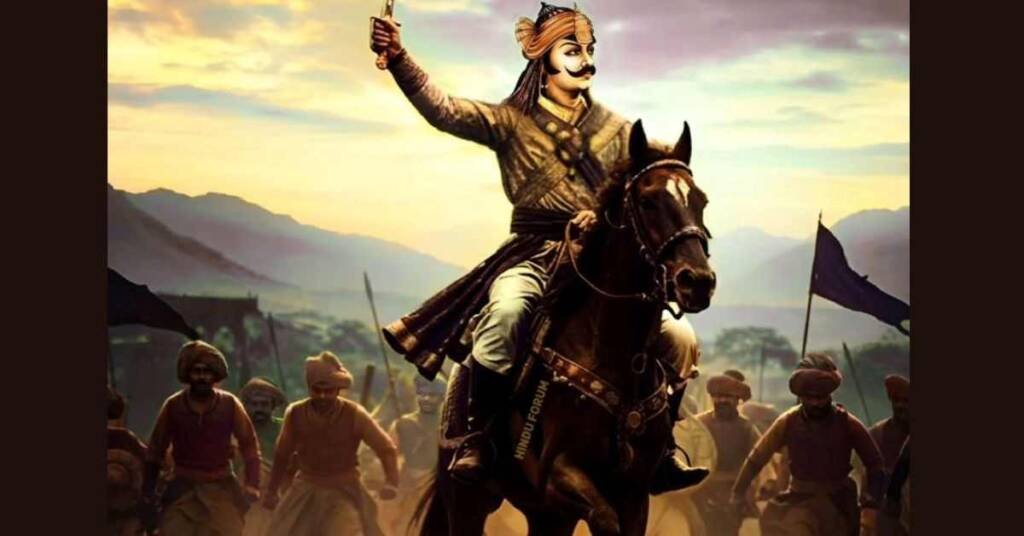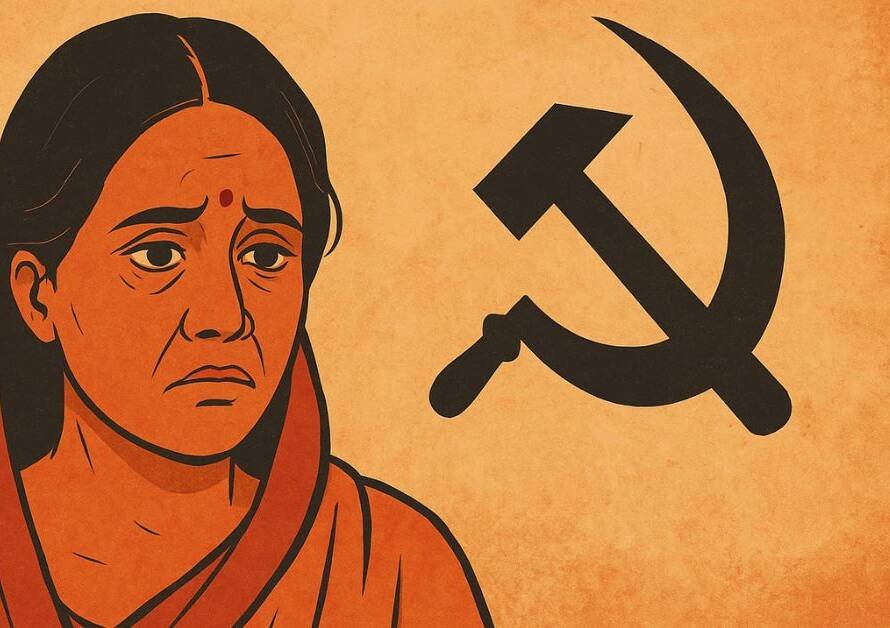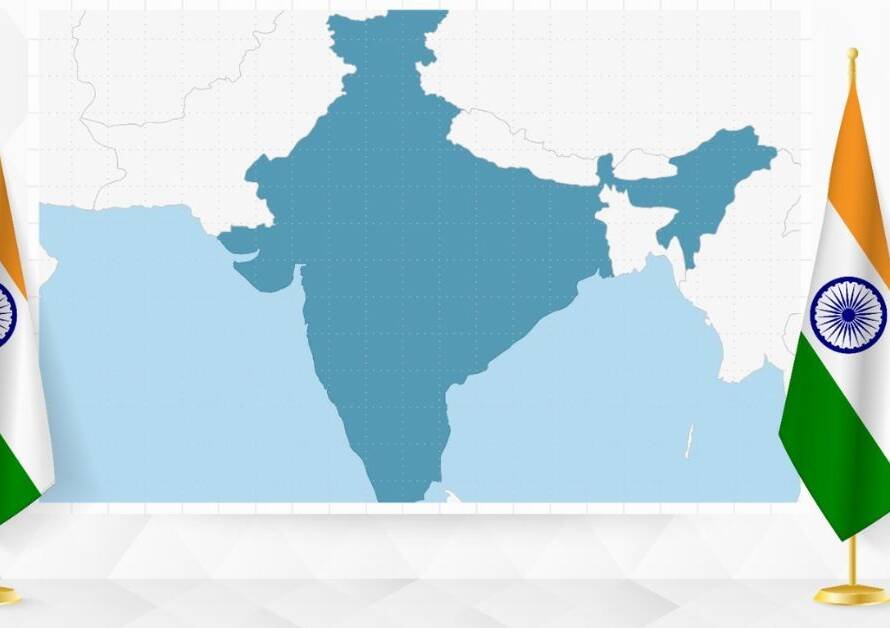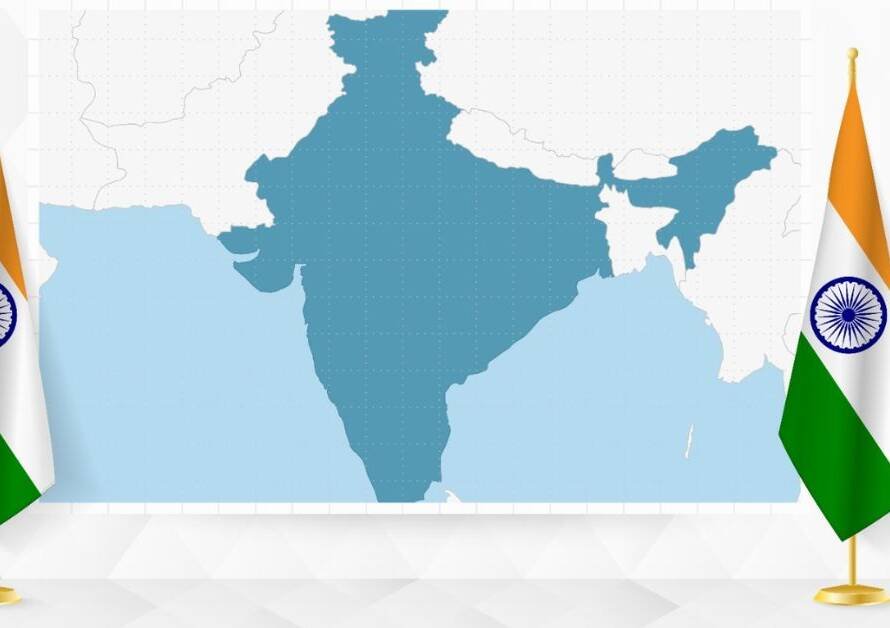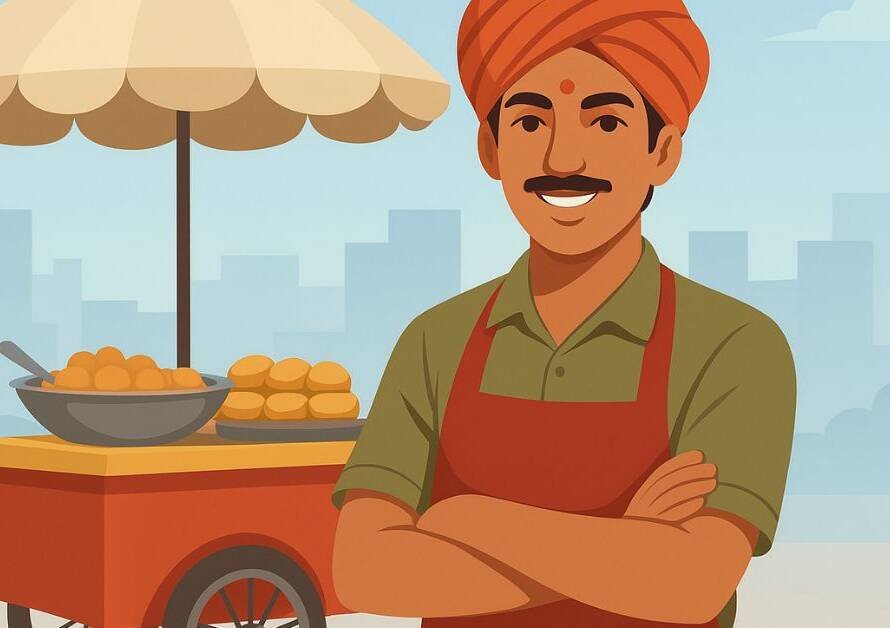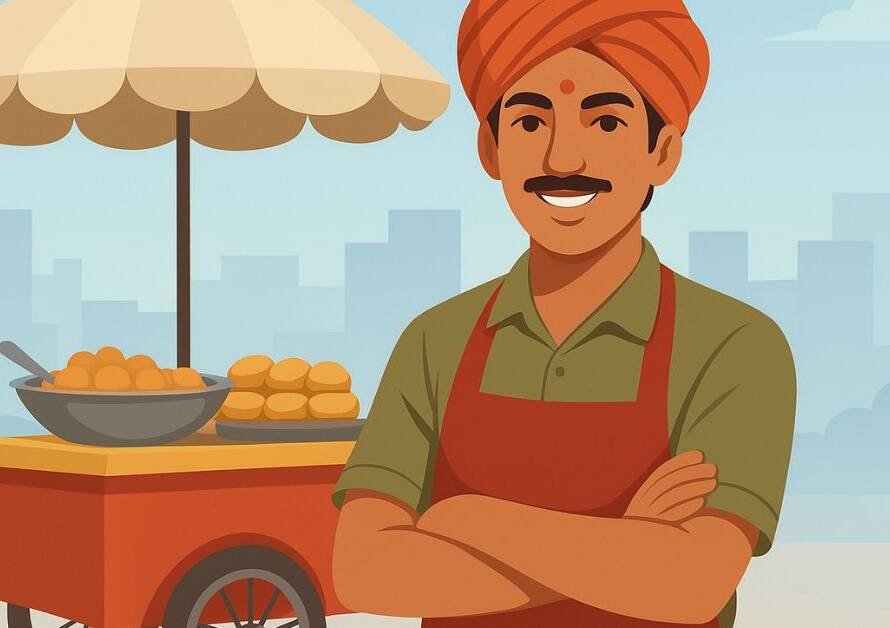Maharana Sangram Singh, popularly known as Rana Sanga, was one of the most valiant warriors in Indian history who fiercely resisted foreign invaders. He was the ruler of Mewar and was regarded as one of the most powerful Hindu monarchs of his time. His courage, valor, and strategic brilliance extended his influence not only over Rajasthan but also across North India.
A controversy has erupted over Samajwadi Party’s Rajya Sabha MP, Ramji Lal Suman, calling Rana Sanga a “traitor.” This claim requires a thorough historical review, as history tells us that Rana Sanga defeated the Sultans of Delhi, Malwa, and Gujarat multiple times and also fought against Babur.
Did Rana Sanga Invite Babur to India?
Some historians and propaganda-driven individuals claim that Rana Sanga invited Babur to India to help him defeat Ibrahim Lodi. However, this claim is historically incorrect.
- The truth is that Rana Sanga had already defeated Ibrahim Lodi in multiple battles.
- He had also crushed the armies of the Sultans of Gujarat and Malwa separately and later even defeated their combined forces.
- Therefore, the claim that he needed Babur’s help is completely baseless, as a victorious warrior does not require external support.
Historical evidence shows that it was Punjab’s governor, Daulat Khan Lodi, and Ibrahim Lodi’s uncle, Alam Khan, who invited Babur to attack Delhi.
The Valor and Heroism of Rana Sanga
Rana Sanga fought over 100 battles in his lifetime, with the Battle of Khanwa being the only major defeat he suffered.
Rana Sanga’s Major Battles and Victories
Defeating Ibrahim Lodi
- In 1517, the Battle of Khatoli took place, where Rana Sanga decisively defeated Ibrahim Lodi.
- In 1518–19, Lodi attempted to take revenge but was once again defeated at Dholpur, Rajasthan.
Defeating the Sultans of Malwa and Gujarat
- In 1517 and 1519, he defeated Mahmud Khilji II and captured him.
- He later pardoned him but took control of a significant part of Malwa.
- In 1520, he defeated Gujarat’s Nizam Khan, advancing up to 20 miles from Ahmedabad and conquering northern Gujarat.
Defeating Babur (Battle of Bayana, 1527)
- After Babur defeated Ibrahim Lodi in the Battle of Panipat, Rana Sanga planned to march on Agra.
- On February 21, 1527, at Bayana, Rana Sanga’s forces inflicted a crushing defeat on Babur’s army.
- Babur, terrified by this defeat, returned to Agra and used religious propaganda to boost his army’s morale.
Battle of Khanwa (1527): A Turning Point in Indian History
On March 16, 1527, a fierce battle took place at Khanwa between Rana Sanga and Babur.
- Rana Sanga had an army of 100,000, while Babur had 80,000 soldiers.
- Babur introduced artillery and gunpowder-based warfare in India for the first time.
- Historians believe that if Babur had not possessed cannons, Rana Sanga’s victory would have been certain.
This battle proved to be a turning point in Indian history, as it led to the Mughal Empire ruling India for the next 250 years.
Reasons for Rana Sanga’s Defeat
Babur’s Military Strategy and Artillery
Babur motivated his soldiers using religious fervor, promising them the title of “Ghazi” if they won and “martyrdom” if they died.
This Islamic propaganda significantly contributed to Babur’s victory.
Treachery Among Rajput Chiefs
- During the battle, Shiladitya Tomar and some other Rajput chiefs betrayed Rana Sanga and joined Babur.
- This sudden betrayal was a major setback for the Hindu forces.
Babur’s Diplomatic Tactics
Babur created divisions among Hindu rulers, ensuring his victory.
Rana Sanga’s End
- Even after losing at Khanwa, Rana Sanga did not give up.
- He started preparing for another campaign against Babur.
- However, some of his own nobles poisoned him, fearing that another war would lead to their destruction.
- In 1528, this great warrior passed away.
Rana Sanga: A Symbol of Hindu Unity
- Rana Sanga was a symbol of Hindu resistance and unity against foreign invaders.
- He united Rajput rulers and led a fierce resistance against the Islamic invaders.
- Under his reign, Mewar’s boundaries extended from Agra in the east to Gujarat in the south.
- He abolished the Jizya tax imposed on Hindus by Muslim rulers and protected Hindu temples.
Labeling Rana Sanga a “traitor” is a complete distortion of historical truth.
Rana Sanga did not invite Babur; rather, it was Punjab’s governor, Daulat Khan Lodi, and Ibrahim Lodi’s uncle, Alam Khan, who did so.
- He defeated the Sultans of Delhi, Malwa, and Gujarat and even fought against Babur.
- If Babur did not have cannons, Rana Sanga would have become the Emperor of India.
- The lack of Hindu unity at Khanwa led to Mughal rule in India for the next 250 years.
- Rana Sanga was a true warrior of Hindu pride, and Indian history will always honor his legacy with respect.
🇳🇪 Jai Bharat, Vandematram 🇳🇪
For more blogs please visit www.saveindia108.in To join our application group please click on this link: https://chat.whatsapp.com/HxGZvlycYPl

